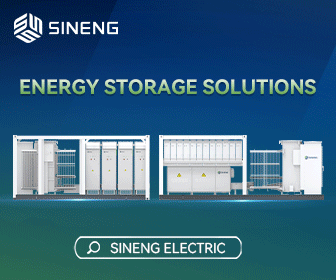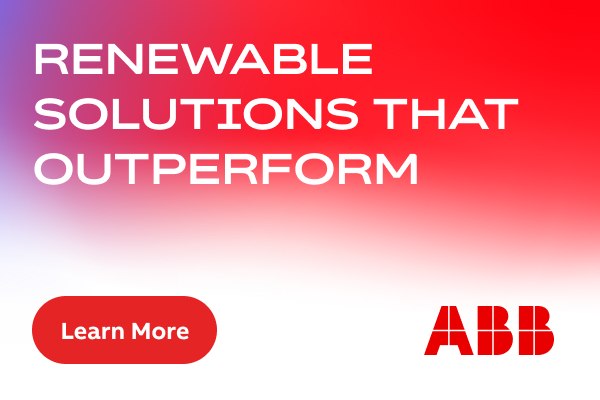Three Predictions for the Energy Storage Industry in 2021
2020 has been a challenging year for everyone, and the energy industry has not been spared. The COVID-19 pandemic and resulting economic crisis have created several challenges specific to the clean energy sector, leading many to question whether or not the industry is on track to achieve the decarbonization required by climate change targets.
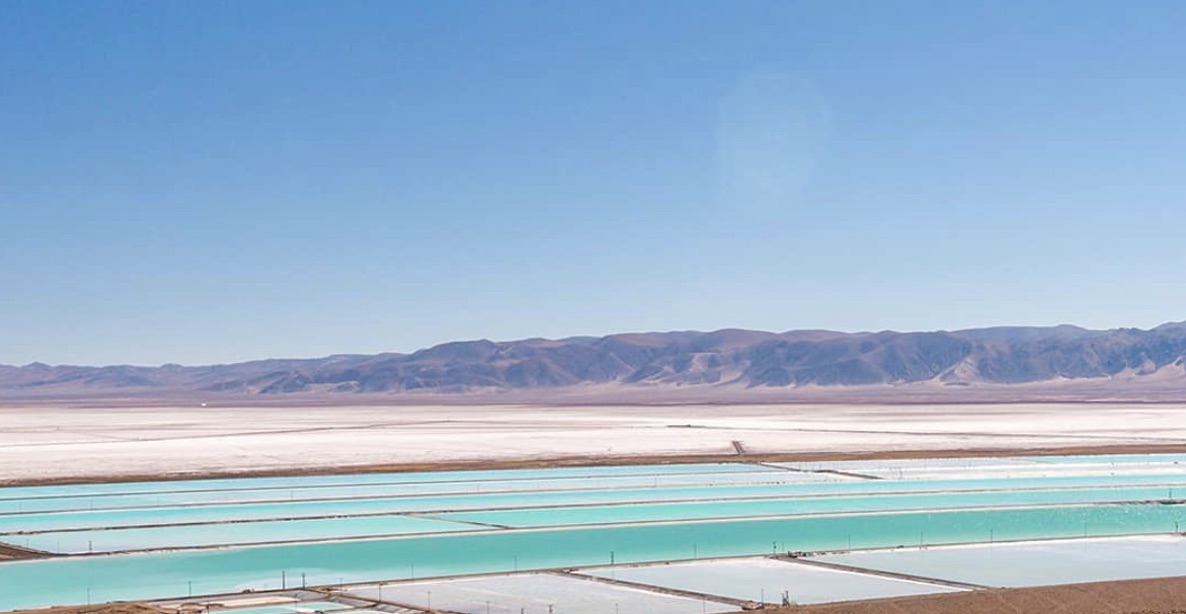
Renewables are expected to expand roughly 50 percent by 2025. Corporate funding for energy efficiency, smart grids, batteries and energy storage has increased 75 percent this year, displaying a sense of continued confidence in the energy sector's trajectory. Anticipating and addressing challenges will help keep this sector on track for achieving the world's environmental goals.
For the battery industry in particular, acknowledging and working around the shortage and supply chain issues of lithium-ion batteries will be key. Over the past decade, battery storage has revolutionized - leading to next-generation batteries becoming the gateway to a net-zero future. Lithium-ion batteries continue to dominate the market as the leading solution for EVs and electronics, but most industry analysts expect demand to far outstrip supply in the coming years.
To create a sustainable future, the world needs safer, cheaper, and more reliable batteries, as well as alternative battery options beyond lithium-ion. In 2021, we expect to see three key events unfold:
- Increasing awareness of the impending shortage of li-ion materials
- Zinc-ion batteries becoming increasingly viewed as lithium-ion's successor
- Emergence of new systems and business models to aggregate distributed energy storage.
Supply Chain Issues
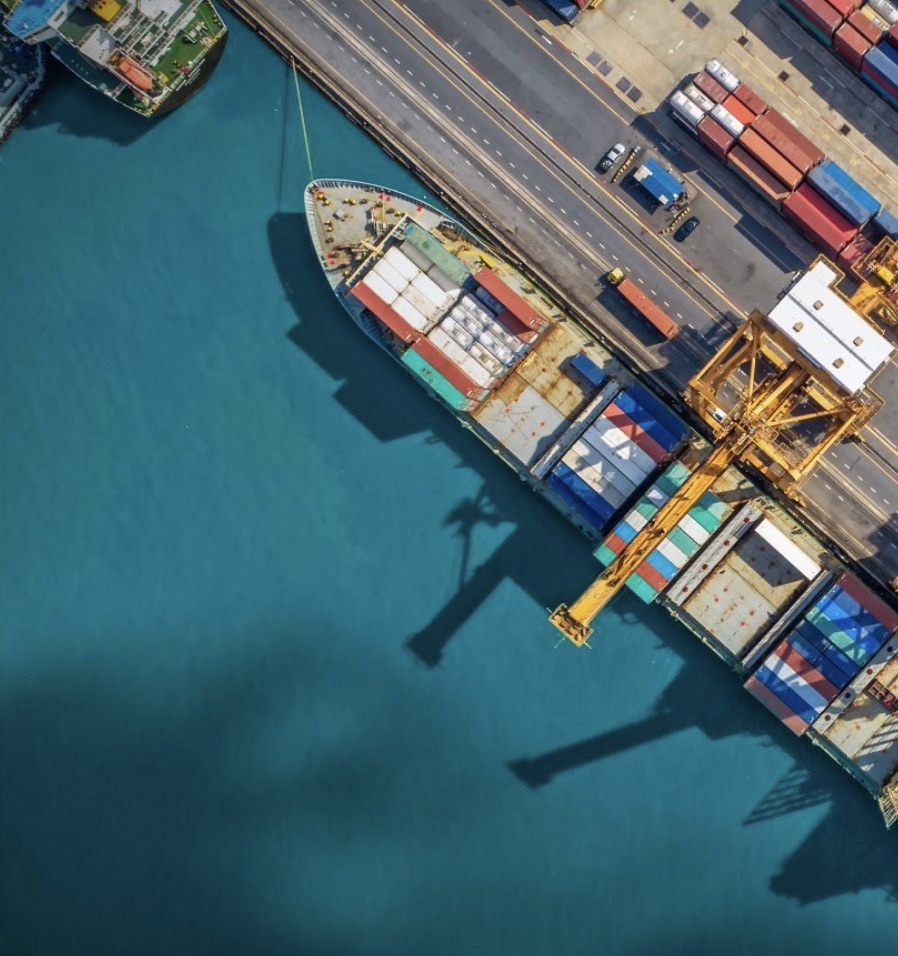
Thanks to their high energy density, good service life, and strong power capability, lithium-ion has supplied more than 90 percent of large"scale battery storage power capacity in the US (as of 2018). Continuing limitations with lithium-ion's supply chain will challenge its continued growth.
The raw materials used in lithium-ion batteries (including both lithium and cobalt) require substantial investment in new mining and processing facilities to keep pace with demand. China dominates the production of these materials, making the US and EU entirely dependent on trade with China to achieve their decarbonization goals. The COVID crisis revealed both the fragility of international supply chains, and the increasingly antagonistic relationship between Western governments and China.
While lithium shortages are not expected until mid-decade, it is safe to predict that worries about this impending shortage will become a major focus of the battery industry in 2021. Expect continued government efforts on developing domestic production of both batteries and their critical materials, including both mining and processing into finished chemicals. Also expect an increasing focus on non-lithium batteries from investment firms and government funding agencies.
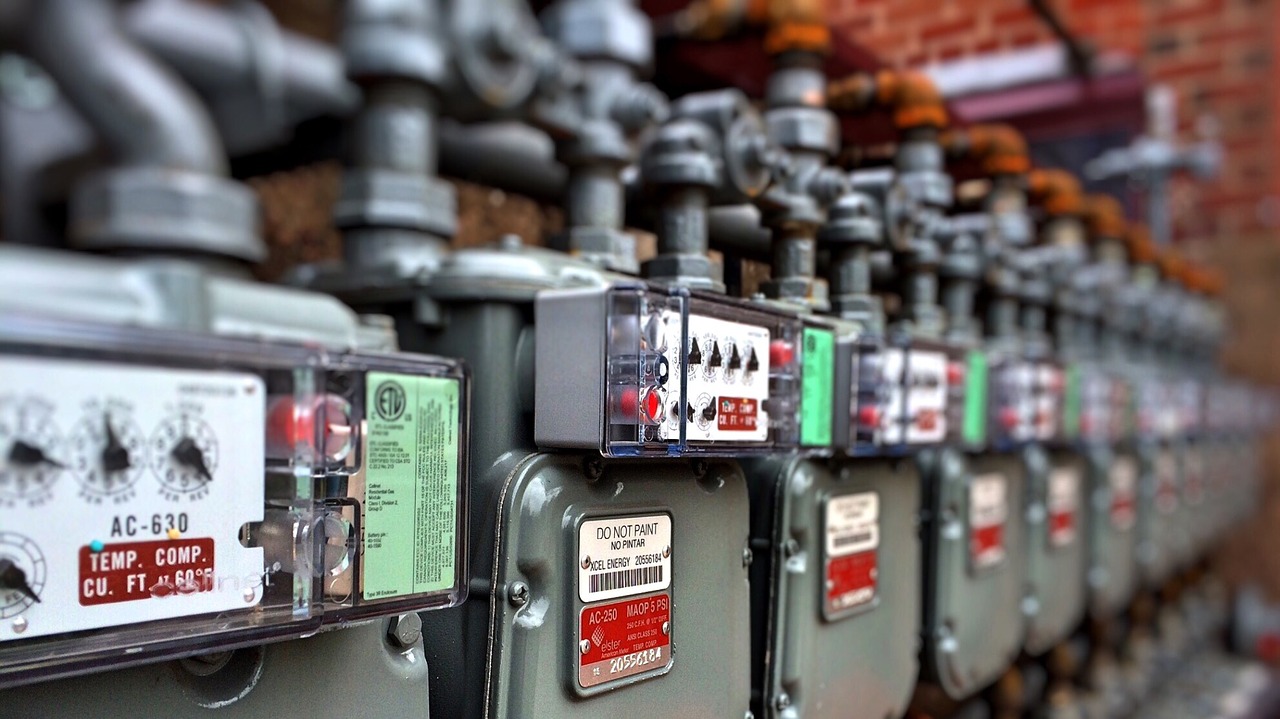 Zinc-ion Batteries Emerging as a Lithium-ion Substitute
Zinc-ion Batteries Emerging as a Lithium-ion Substitute
Lithium-ion batteries have always been a poor fit for stationary energy storage. Their defining feature - storing lots of energy in a small amount of weight - has little value for battery systems that never have to move. Paired with the high cost of lithium-ion and its intrinsic safety risks, the need for an alternative battery chemistry designed for renewable energy storage becomes clear. While many alternative chemistries have been recognized, (such as flow or zinc-air batteries) these are only useful for storage durations that are significantly longer than the typical 4 hours required by the market. They are also bulkier than lithium-ion, challenging their use in customer-sited systems. We need an alternative to lithium-ion that can store energy for 3-6 hours in a similar system size.
The zinc-ion battery is just that - a safer, cheaper, and longer-lasting alternative to lithium-ion that offers similar power and energy density. Further, zinc-ion batteries use the same manufacturing processes as lithium-ion, while depending on raw materials that are abundant in North America, making them a solution that can be rapidly scaled.
While zinc-ion batteries have firmly established themselves as a next-generation technology in the research community, they are only now moving into commercialization. As zinc-ion demonstrates its performance advantages in commercial prototypes, and proves its scalability at the pilot scale, we expect that its advantages in supply chain security, safety, and lifetime cost will become more widely accepted.
Development of Systems and Business Models for Distributed Energy Storage
Energy storage systems can improve grid resiliency, delay infrastructure investment, reduce grid congestion, and more. Unfortunately, the market mechanisms required to enable all of these advantages have not been widely adopted.
This is starting to change. Recent FERC orders require grid operators to allow distributed energy resources to compete in markets where they were previously barred, opening up new revenue streams for behind-the-meter energy storage. Additionally, more and more utilities are being proactive in engaging with projects that aggregate large amounts of distributed energy storage, allowing the utility to dispatch large amounts of power from many small systems. These projects are referred to as Virtual Power Plants (VPPs), and represent a revolution in how residential energy storage systems are deployed.

This represents a major shift in the market. Traditionally, the economics of residential energy storage have not been great; purchases were primarily driven by the emotions of individual homeowners. With the emergence of aggregated systems, however, residential energy storage projects now offer far more appealing returns to attract financiers and project developers into the space.
The rise of new aggregated business models will impact the design of energy storage systems. New features are needed in both the hardware and software to enable a utility to dispatch fleets of energy storage systems according to conditions in the grid. Safety concerns will become heightened, as project developers become responsible for thousands of systems operating in a home with conditions outside of their control. Therefore, expect the coming year to bring in a rise of safety-focused systems with features tailored for aggregated, distributed energy storage.
A Look to the Future
Overall, 2021 should continue the trend of massive growth and impressive innovation in the energy storage industry. While concerns surrounding lithium-ion's supply chain could become more prevalent, non-lithium technologies like the zinc-ion battery will prove to be suitable contenders. The rise of new business models for energy storage, like the virtual power plant model, will impact the design of energy storage systems. While there certainly will be surprises and setbacks, energy storage has secured its role as a critical part of the energy transition. In 2021 and beyond, maturing business models and technologies will combine with a massively increasing scale to realize this potential.
 Ryan Brown is Co-Founder and CEO of Salient Energy, which has developed a proprietary intercalation chemistry to create zinc batteries that power today's advancing technologies.
Ryan Brown is Co-Founder and CEO of Salient Energy, which has developed a proprietary intercalation chemistry to create zinc batteries that power today's advancing technologies.
Salient Energy | salientenergy.ca
Author: Ryan Brown
Volume: 2021 January/February









